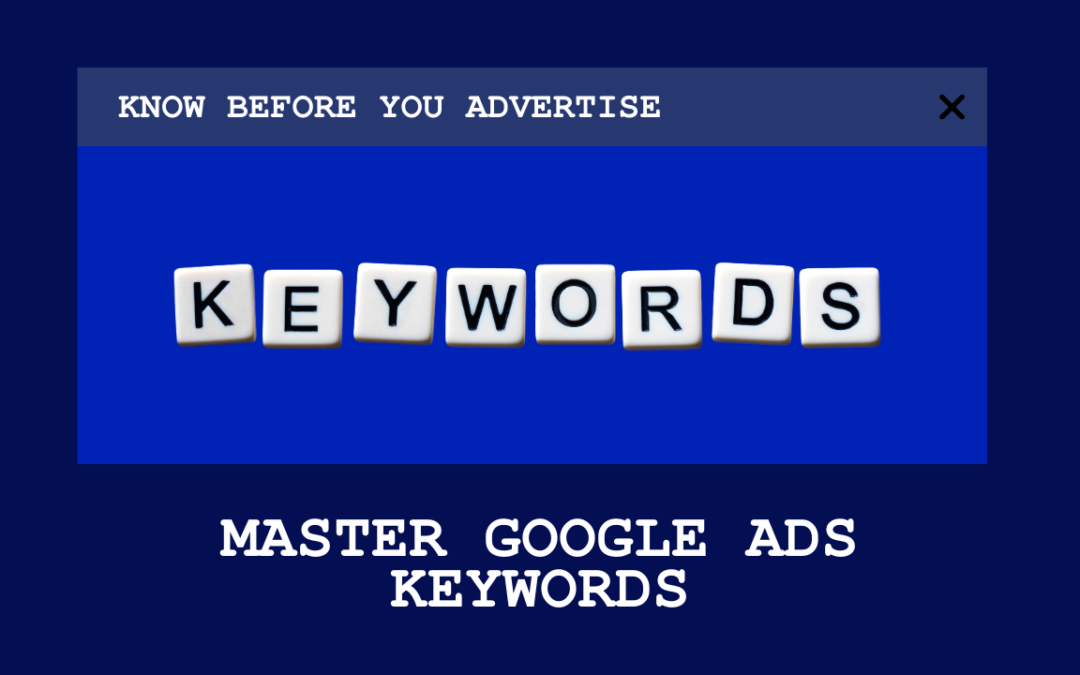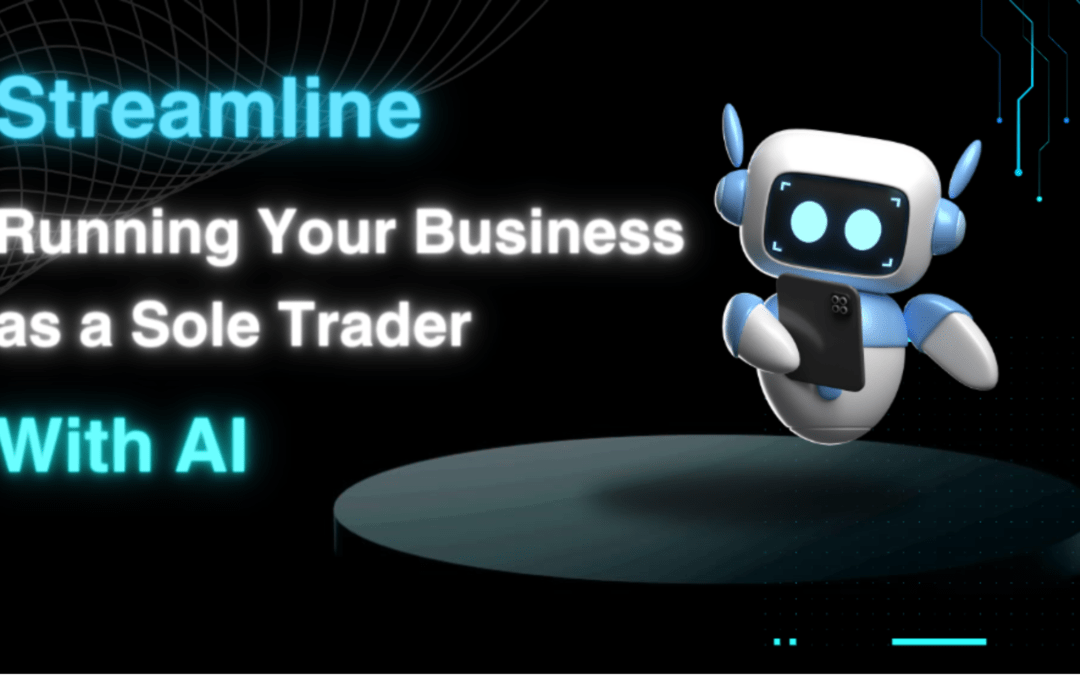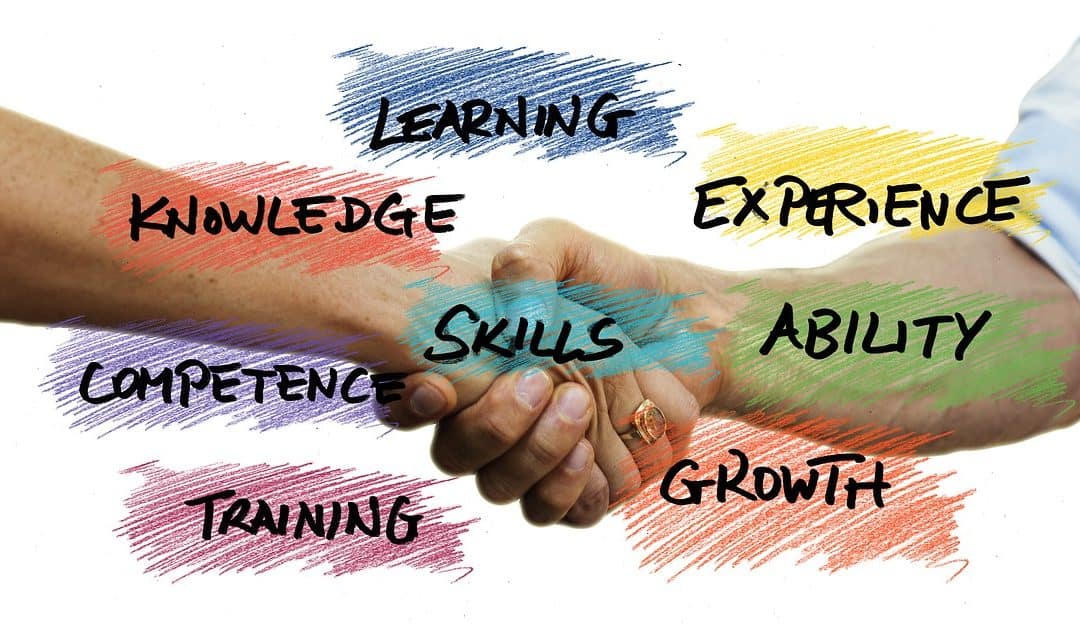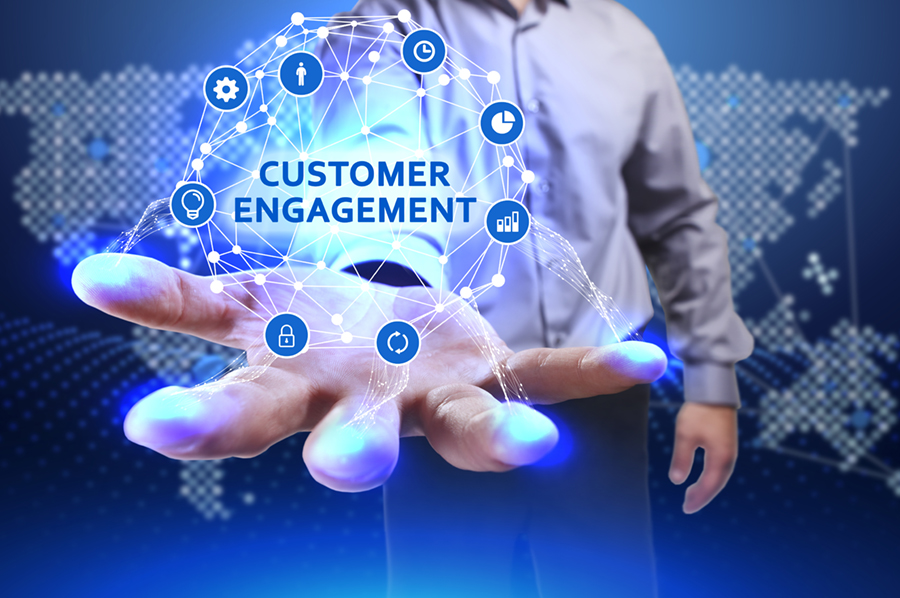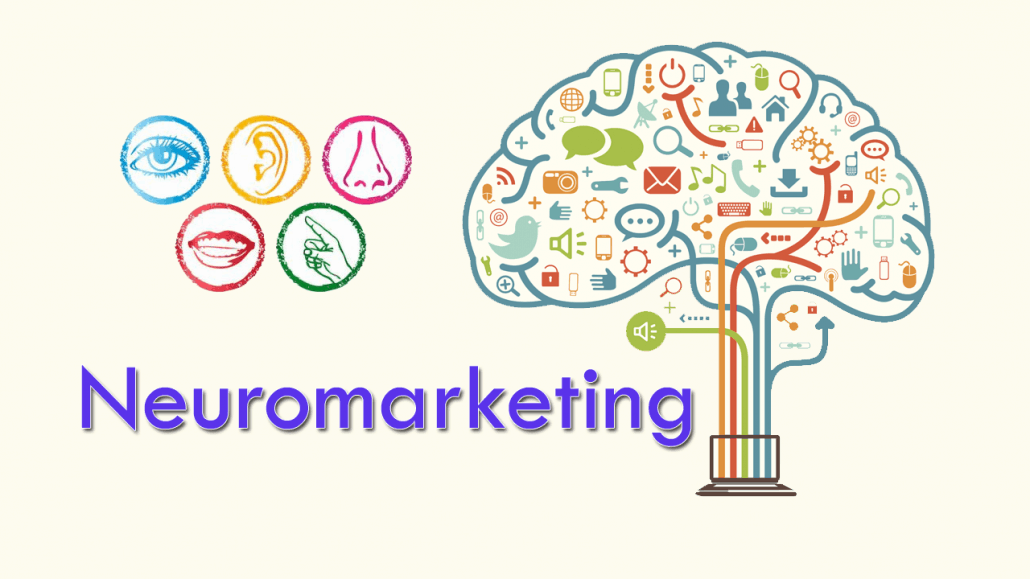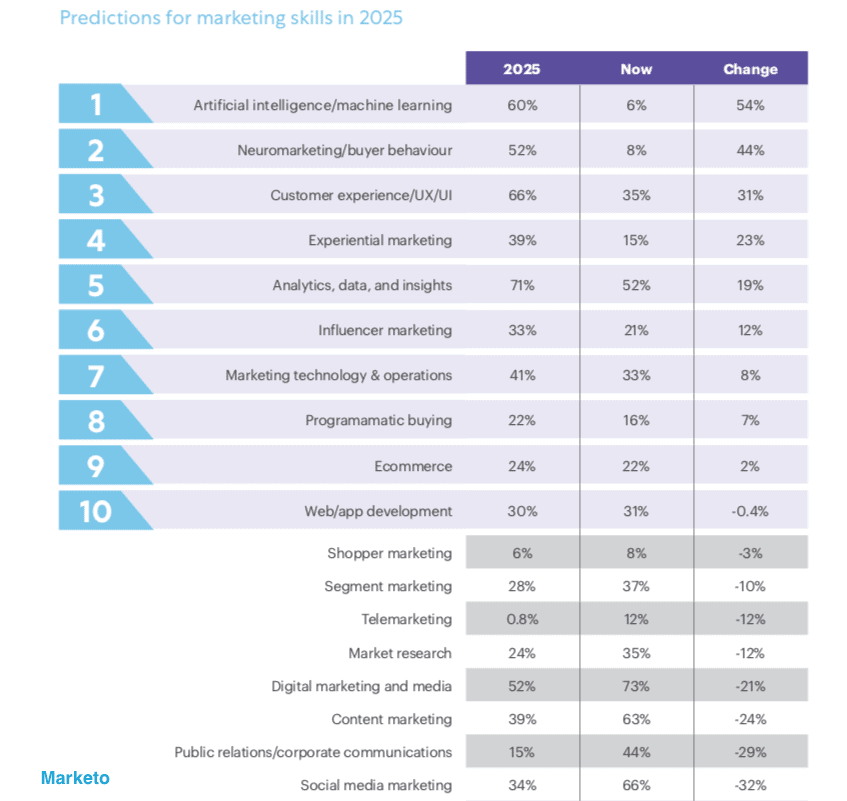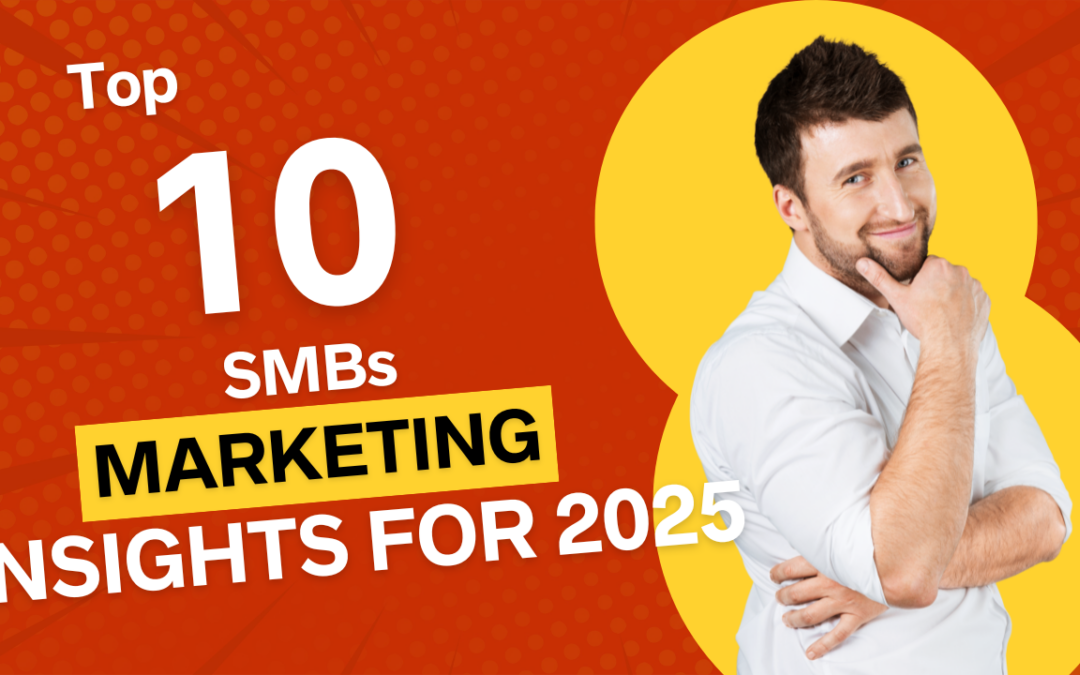
Top 10 Small Business Marketing Insights for 2025
A Small Business Story Down Under
Imagine Jane, a café owner in Brisbane. She’s run her café for five years, but the last two have been particularly challenging. With increasing rent, staff shortages, and the rising cost of supplies, Jane decided to revamp her marketing strategy to keep her business afloat. Yet, she found herself drowning in advice like “Invest in SEO” or “Run Facebook Ads,” without understanding what would truly make a difference.
Jane’s struggle mirrors that of thousands of small businesses across Australia. According to a recent ABS report, 97% of businesses in Australia are small businesses, contributing significantly to the economy. Yet, only a fraction of these businesses invest strategically in marketing, often due to tight budgets or a lack of know-how.
To help businesses like Jane make informed decisions, the 2025 Small Business Marketing Trends Report by LocaliQ uncovers 10 critical insights. Here’s a deep dive into those insights and how you can apply them to your own business.
1. Limited Investment in Paid Search Advertising
Why Aren’t More SMBs Investing in Search Ads?
Despite search ads offering high ROI (return on investment), only 40% of Small to Medium Business’s are leveraging this channel. Many business owners feel they lack the expertise or fear overspending on campaigns.
Why It’s a Missed Opportunity
Search advertising targets customers actively seeking your services. For example, a landscaping business in Sydney could use Google Ads to appear for searches like “best landscapers near me.” Without this, you risk losing high-intent leads to competitors.
Actionable Tip: Start small. Set up a campaign targeting local keywords and cap your daily budget. Tools like Google’s Smart Campaigns can simplify the process.
2. Social Media Advertising; An Untapped Goldmine
The Stats Don’t Lie
Less than half of SMBs are investing in social media ads, even though Australians spend an average of 1 hour and 57 minutes daily on social platforms.
Platforms That Pack a Punch
While Facebook dominates, Instagram and TikTok are gaining ground, especially for younger demographics. If you’re not advertising here, you’re missing where your customers hang out.
Pro Insight: Run engagement-focused ads on Instagram Stories. Stories have a higher tap-through rate than feed posts, making them perfect for quick promotions.
3. Satisfaction with Paid Search – What Businesses Love
High ROI with Measurable Results
Those investing in search ads report high satisfaction due to clear metrics like clicks, conversions, and ROI. Compared to traditional media, search ads provide tangible proof of effectiveness.
Case in Point: A plumbing business in Perth increased website traffic by 60% using location-based search ads with a budget of just $500/month.
Quick Tip: Use call tracking to measure phone inquiries directly linked to ads.
4. Neglecting Low-Cost Strategies – A Costly Mistake
What’s Being Overlooked?
Many businesses are skipping budget-friendly tactics like online reputation management, directory listings, and website chat.
Why These Strategies Matter
- Reputation Management: 84% of Australians trust online reviews as much as personal recommendations.
- Website Chat: Converts casual visitors into customers by answering queries instantly.
Pro Tip: Start with Google My Business. It’s free and boosts local visibility.
5. Facebook Dominates, but Don’t Ignore Other Platforms
The Social Media Landscape
Nearly 80% of SMBs using social media focus on Facebook, while Instagram and LinkedIn trail behind. But is this enough?
Finding the Right Fit
For a B2B company in Melbourne, LinkedIn may yield better results than Facebook. Meanwhile, TikTok can drive immense reach for quirky, consumer-focused businesses like bakeries or fashion boutiques.
Experiment Wisely: Allocate 20% of your budget to test a new platform each quarter.
6. Budget Challenges; Marketing on a Shoestring
The Reality for Small Businesses
With 38% of SMBs operating on monthly marketing budgets under $2,500, every dollar counts. Many focus on immediate returns rather than long-term strategies like SEO or content marketing.
Budget Allocation Tip: Follow the 70/20/10 rule: 70% for proven strategies, 20% for new opportunities, and 10% for experiments.
7. Lack of Dedicated Marketing Teams
Why This Matters
Smaller SMBs often rely on owners or non-specialized staff to manage marketing, resulting in suboptimal campaigns. This can hurt growth, especially in competitive industries.
Solution: Consider outsourcing. Australian agencies often offer budget-friendly packages tailored to small businesses. Alternatively, invest in a marketing consultant to guide your strategy.
8. Artificial Intelligence; The Game Changer
Early Adopters Reap Rewards
AI tools like ChatGPT and Google Gemini (both have free versions) are making it easier for SMBs to generate ad copy, automate email campaigns, and personalize customer interactions.
Practical Applications
- Content Creation: AI can draft blog posts, saving hours of work.
- Email Marketing: Tools like Mailerlite integrate AI to optimize send times and subject lines.
Tip: Start with free trials to explore AI tools without commitment.
9. The Economic Challenge
Navigating Tough Times
From inflation to supply chain disruptions, the economy continues to challenge SMBs. Many are hesitant to invest in marketing, considering it an expense rather than an investment.
Perspective Shift: Marketing drives growth. Even a small investment in digital channels can yield exponential returns when done right.
10. Attracting New Customers: An Ongoing Struggle
The Core Issue
With increasing competition, standing out has never been harder. Many businesses struggle to convey their unique value propositions effectively.
Solving the Puzzle
Focus on storytelling. Share your brand’s journey, values, and community impact. For example, an eco-friendly cleaning service in Adelaide could highlight its sustainability initiatives to win over environmentally-conscious clients.
Building a Better 2025
Jane’s story has a happy ending. By implementing a mix of search ads, reputation management, and AI tools, she doubled her customer base in six months—all within a modest budget. The same is possible for your business.
The 2025 Small Business Marketing Trends Report offers actionable insights tailored to SMBs. Use these strategies, experiment with platforms, and, most importantly, keep evolving. Your marketing plan doesn’t have to be perfect—it just needs to start.
References:
- Australian Bureau of Statistics: Small Business Data
- LocaliQ 2025 Small Business Marketing Trends Report
- We Are Social & Hootsuite: 2024 Digital Report on Social Media Usage in Australia
I hope this serves ya,
 Red
Red
Need a hand? Drop us a Line 📞 🗝 (02) 42444411
Follow Us on Social ⏬⏬

